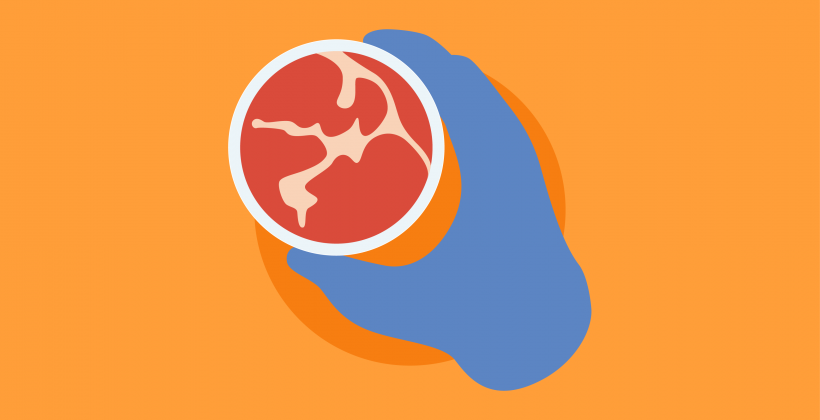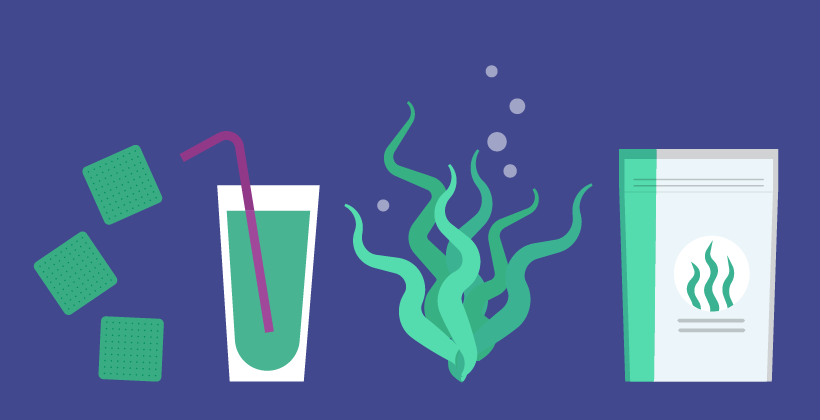What are non-communicable diseases and how can we reduce our risk?
Last Updated : 30 May 2023Non-communicable diseases (NCDs) are a major public health concern globally and their prevalence is increasing due to an increasing life expectancy, growing population, urbanisation and changing lifestyles. Many NCDs are preventable and certain lifestyle changes can reduce our risk of developing them.
In this article, we will explore what NCDs are and discuss strategies that can help lower our risk of these diseases, with a focus on the role of diet and physical activity.
What are non-communicable diseases and what is the disease burden?
NCDs are a group of diseases that are not contagious, tend to be of long duration and often develop over a long period of time.1 Usually, they require long-term treatment and care, such as lifestyle changes and/or medication. The four main types of NCDs include cardiovascular diseases (CVDs), cancers, chronic respiratory diseases and diabetes and kidney diseases.
NCDs are the leading cause of deaths and disability worldwide, regardless of age groups, regions and countries.1 In the European region, it is estimated that NCDs account for 90% of all deaths and 84% of the total disease burden.2 They are also associated with big healthcare costs: CVDs cost €54 billion in productivity losses and almost €45 billion in informal care in 2015, while cancers cost over €66 billion in productivity losses and over €25 billion in informal/family care in 2018.3
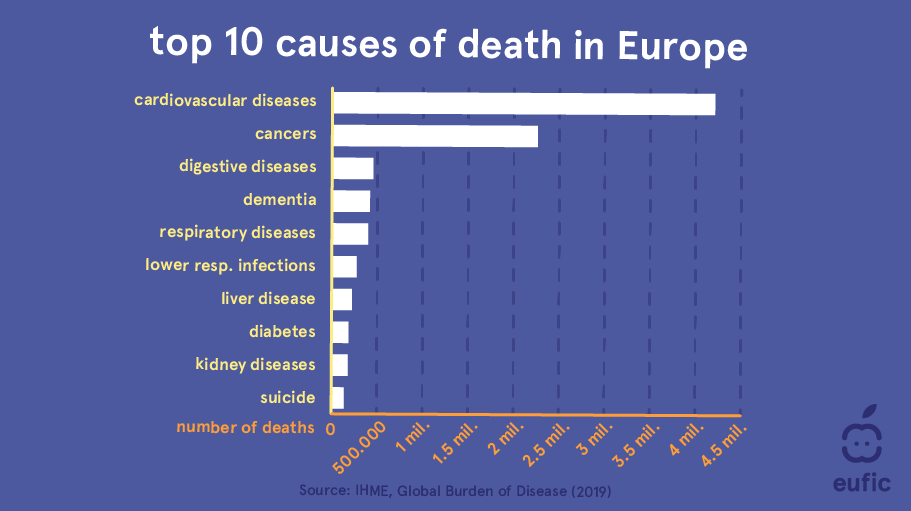
Figure 1. Top 10 causes of death in Europe.2
Although it is commonly thought that NCDs mainly affect older people, more than 50% of the global burden falls on people younger than 70 years old.2 While aging is a risk factor in the development of NCDs, the global burden is not simply a result of an aging population. In many cases, NCDs that develop later in life are the result of poor lifestyle choices made during youth or early adulthood. Therefore, making positive lifestyle choices is key for the prevention of NCDs at any stage of life.
Cardiovascular diseases
CVDs are a group of disorders related to the heart and blood vessels.4 Some common forms of CVDs include:
- Coronary heart disease: a disease of the blood vessels supplying the heart muscle.
- Cerebrovascular disease: a disease of the blood vessels supplying the brain.
- Peripheral arterial disease: a disease of the blood vessels supplying the arms and legs.
- Deep vein thrombosis and pulmonary embolism: a disease where blood clots in the leg veins dislodge and move to the heart and lungs.
Many CVDs are related to a process called atherosclerosis, where fatty plaque deposits and builds up inside the inner walls of the blood vessels. This can block the flow of oxygen and nutrients from the heart to the rest of the body. For example, a heart attack occurs when the flow of blood to the arteries of the heart is severely reduced or blocked. A stroke occurs when a blood vessel in the brain bursts or by the formation of a blood clot inside the brain.
In Europe, the burden of CVDs remains greater than that of any other disease. In 2019, almost 100 million people were living with CVDs, with over 72 million disability-adjusted life years (DALYs).2 DALYs represents the total burden of disease – both from years of life lost and years lived with a disability. In other words, over 72 million years of healthy life were lost due to CVDs.
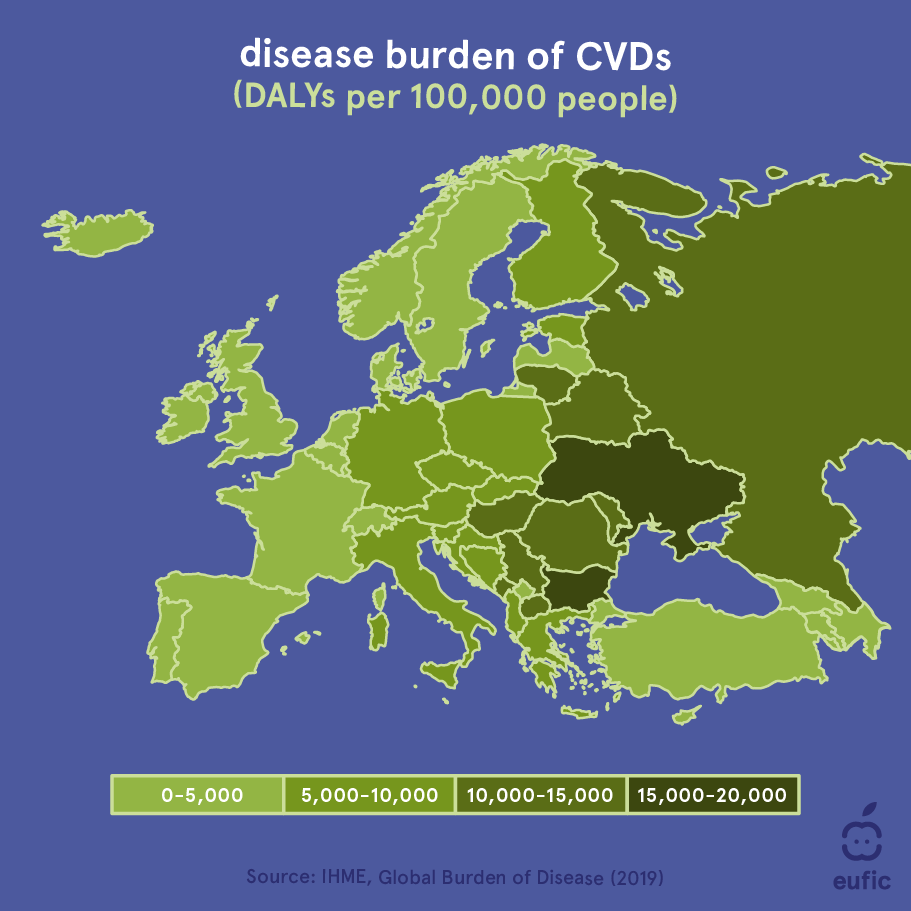
Figure 2. Disease burden of cardiovascular diseases, in disability-adjusted life years per 100,000 people.2
Cancers
Cancers are a large group of diseases that can start in almost any organ or tissue of the body.5 The development of cancer starts when abnormal cells in the body grow uncontrollably, go beyond their usual boundaries and start invading adjoining parts of the body and/or spreading to other organs (also known as metastasis).
Prostate, lung, colorectal, bladder and skin cancer are the most common types of cancer in men, while breast, colorectal, lung, cervical and skin cancer are the most common among women.6 In Europe, over 122 million people were living with cancer in 2019, with almost 50 million DALYs.2
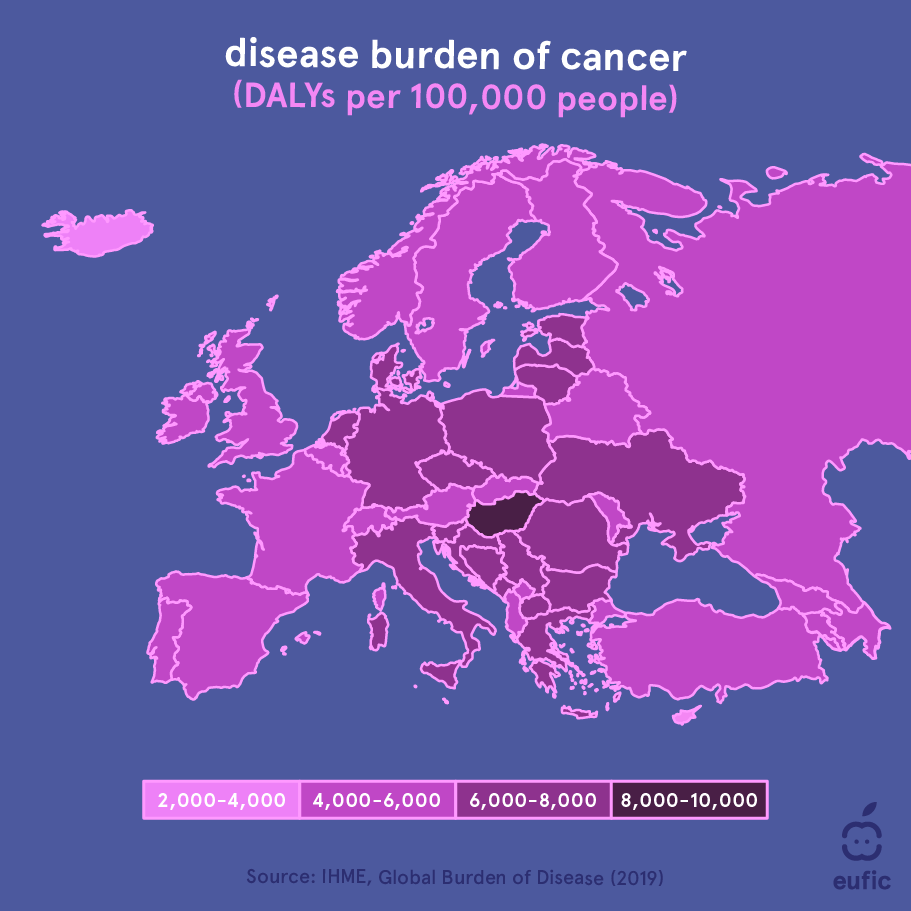
Figure 2. Disease burden of cancers, in disability-adjusted life years per 100,000 people.2
Chronic respiratory diseases
Chronic respiratory diseases are a group of diseases that affect the lungs and airways.7 The most common are chronic obstructive pulmonary disease (COPD), asthma, occupational lung diseases and pulmonary hypertension. Although chronic respiratory diseases cannot be cured, there are numerous treatments that can help open the airways and reduce shortness of breaths, which can help control symptoms and improve daily life for people living with these disorders.
In Europe, almost 80 million people were living with chronic respiratory diseases in 2019, with over 10 million DALYs.2
Diabetes and kidney diseases
Diabetes is a disease which occurs when your blood glucose (often called blood sugar) is too high.8 There are different types of diabetes, of which type 2 is the most common.
In patients with type 2 diabetes, the body doesn’t produce enough insulin or can’t use it properly, a process referred to as insulin-resistance. Insulin is a hormone made in the pancreas that allows your body to use glucose (sugars) for energy. As a result, this means blood glucose levels keep rising. If diabetes is left undiagnosed or poorly controlled, it can result in complications, including blindness, kidney failure and lower limb amputation. Diabetes also increases the risk of CVDs and other diseases.
Type 2 diabetes has been on the rise in recent decades, due in part to the growing numbers of people affected by overweight. Being overweight or obese increases the risk of developing type 2 diabetes, particularly if the excess weight is around the tummy. In Europe, around 70 million people were living with type 2 diabetes in 2019, with over 9 million DALYs.2
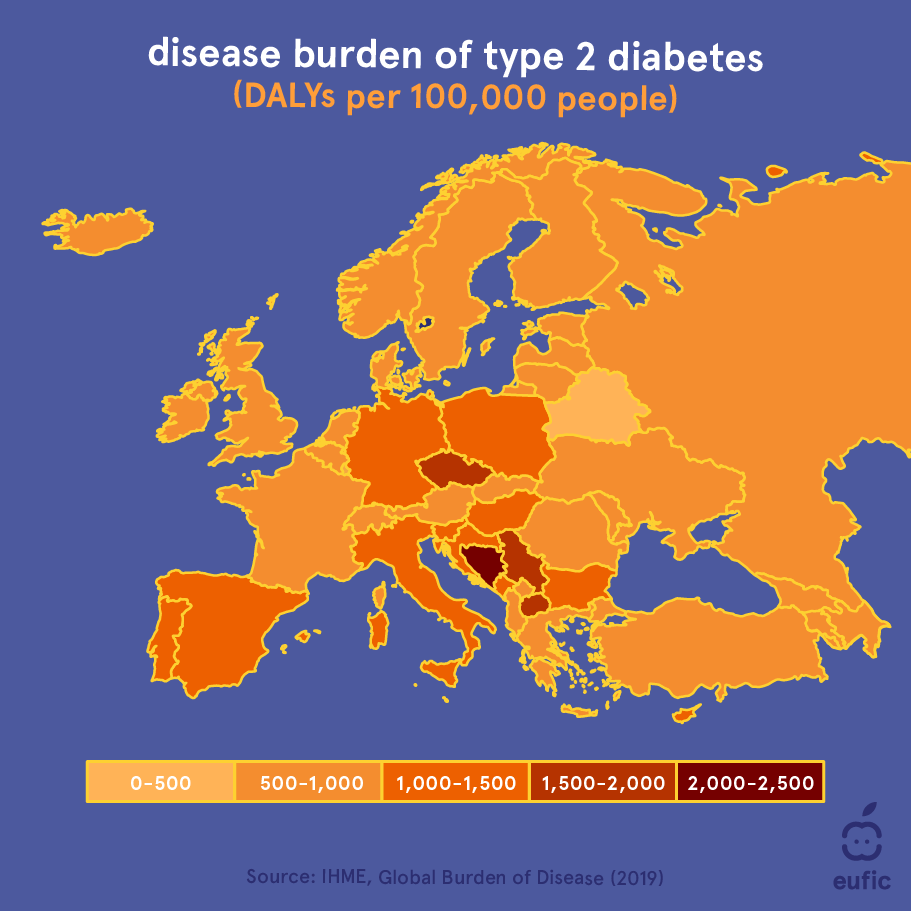
Figure 2. Disease burden of type 2 diabetes, in disability-adjusted life years per 100,000 people.2
How can we reduce our non-communicable disease risk?
NCDs are typically the result of a combination of factors, including genetic, physiological, environmental and behavioural factors. However, behavioural factors mainly drive NCDs. By changing the main modifiable risk factors, it is estimated that 80% of all premature heart attacks and strokes and 30-50% of cancer cases could be prevented.5,9
The four major NCDs (cardiovascular diseases, cancers, chronic respiratory diseases and diabetes and kidney diseases) all share four common modifiable risk factors: an unhealthy diet, physical inactivity, tobacco use and alcohol use.1 These risk factors may show up as raised blood pressure (hypertension), overweight/obesity, increased blood glucose (hyperglycaemia) and elevated blood fat levels (hyperlipidaemia). By making positive lifestyle choices we can significantly cut down our NCD risk.
Adopting a healthy diet
Healthy eating is a crucial part of keeping us healthy. For good health, we need more than 40 different nutrients, and no single food can supply them all – we need a wide variety of foods. Adopting a healthy diet is also one of the key factors to help prevent weight gain. Overweight and obesity affect nearly 60% of adults and 1 in 3 children in the European region and are one of the major factors involved in the development of NCDs.10 To help prevent unhealthy weight gain, both reducing our calories and increasing our energy expenditure are key.
For a healthy diet aim to:11
- Eat a variety of fruit, vegetables, legumes, nuts and whole grains;
- Eat at least 400 g (5 portions) of a variety of fruits and vegetables per day, excluding potatoes, sweet potatoes, cassava and other starchy roots;
- Consume as little added and free sugars as possible;
- Limit total fats to less than 30% of total daily energy intake, to avoid unhealthy weight gain (i.e., ≤66 g for a 2,000 kcal diet and ≤83 g for 2,500 kcal diet);
- Limit saturated fats to less than 10% of total daily energy intake (i.e., ≤20 g for a 2,000 kcal diet and ≤25 g for a 2,500 kcal diet), achieved through replacement by polyunsaturated fats;
- Limit salt intake to no more than 5 g per day.
Foods and drinks linked to cancer
For certain foods and drinks, we have strong evidence on its link with cancer. Foods and drinks associated with an increased cancer risk include processed meat (increases the risk of colorectal cancer), high-calorie foods and sugary drinks (their overconsumption leads to weight gain which is linked to many cancers) and alcoholic beverages (increases the risk of many cancers). In contrast, foods and drinks that help prevent cancer include dairy products (decreases the risk of colorectal cancer), high-fibre foods such as whole grains, vegetables, fruits and legumes (help protect against colorectal cancer and weight gain) and coffee (decreases the risk of liver cancer and endometrial cancer). For any other foods and drinks, the evidence is inconclusive and of weak quality to draw any conclusions.12
Being physically active
Regular physical activity helps prevent and manage many NCDs, including heart disease, stroke, diabetes and several cancers.13 It also helps to lower blood pressure, maintain a healthy body weight and can improve mental health, quality of life and well-being. Both moderate-intensity (i.e., activities that will increase your breathing and heart rate, but you should still be able to carry out a conversation, such as brisk walking, dancing, gardening, housework & domestic chores) and vigorous-intensity (i.e., activities that will lead to heavy breathing where you cannot keep a conversation, such as running, fast swimming, fast cycling & competitive sports) physical activity improves health.
There are specific recommendations on the amount of physical activity required for different age groups.13
Table 1 Summary of WHO recommendation on minimum level of physical activity for health
| Age range | 5 - 17 years | 18 - 64 years | 65+ years |
| Recommendations | 60 minutes moderate-to-vigorous intensity activity per day | 150-300 minutes of moderate or 75-150 minutes of vigorous activity throughout the week | Same as adults 18-64, or as physically active as their abilities and conditions allow. |
| Vigorous intensity activity should be incorporated including those that strentghen muscle and bone at least 3 times/week | Muscle-strenghtening activities at moderate or greater intensity that involve all major muscle groups on 2 or more days a week | Also to include activities which enhance balance and prevent falls 3 or more times/week | |
| Limit the amount of time spent being sedentary, particularly the amount of recreational screen time | Limit the amount of time being sedentary |
Saying ‘no’ to tobacco
Tobacco use is a leading cause of preventable NCDs, including lung cancer, heart disease and stroke. Tobacco accounts for over 8 million preventable deaths globally every year. All forms of tobacco are harmful and there is no safe level of exposure to tobacco.14
Limiting alcohol use
Drinking alcohol is associated with many major NCDs such as liver damage, cardiovascular diseases and some cancers. When it comes to alcohol consumption, there is no safe amount that does not affect health.15
Check your risk with your general practitioner
Our NCD risk rises as we continue to age. Raised blood pressure, raised blood glucose, raised blood lipids and overweight/obesity all indicate an increased NCD risk and can be measured by your general practitioner. Early detection of these risk factors can help prevent or manage the progression of NCDs.
Conclusion
NCDs, such as CVDs, cancer, chronic respiratory diseases and diabetes and kidney diseases, are the leading cause of deaths and disability worldwide. However, these diseases are often preventable through by making simple but effective changes to our diet and lifestyle. By adopting a healthy diet, engaging in regular physical activity, avoiding tobacco and limiting alcohol use, we can significantly lower our risk of developing these diseases. Additionally, regular health check-ups and early detection can help prevent or manage the progression of these diseases.
References
- World Health Organization. Noncommunicable diseases. Accessed 24 April 2023.
- IHME. (2019). Global Burden of Disease. Accessed 24 April 2023.
- European Commission. Cost of Non-Communicable Disease in the EU. Accessed 24 April 2023.
- World Health Organization. Cardiovascular diseases (CVDs). Accessed 24 April 2023.
- World Health Organization. Cancer. Accessed 24 April 2023.
- European Commission. Estimates of cancer incidence and mortality in 2020, for all cancer cites. Accessed 24 April 2023.
- World Health Organization. Chronic respiratory diseases. Accessed 24 April 2023.
- World Health Organization. Diabetes. Accessed 24 April 2023.
- World Health Organization. (2015). Cardiovascular diseases: Avoiding heart attack and strokes. Accessed 24 April 2023.
- World Health Organization. (2022). WHO European regional obesity report 2022. World Health Organization. Regional Office for Europe.
- World Health Organization. (2020). Healthy diet. Accessed 24 April 2023.
- World Cancer Research Fund/American Institute for Cancer Research. (2018). Diet, Nutrition, Physical Activity and Cancer: a Global Perspective. Continuous Update Project Expert Report 2018.
- World Health Organization. (2020). WHO guidelines on physical activity and sedentary behaviour: web annex: evidence profiles.
- World Health Organization. (2022). Tobacco. Accessed 24 April 2023.
- Anderson et al. "Health and cancer risks associated with low levels of alcohol consumption." The Lancet Public Health 8, no. 1 (2023): e6-e7.

